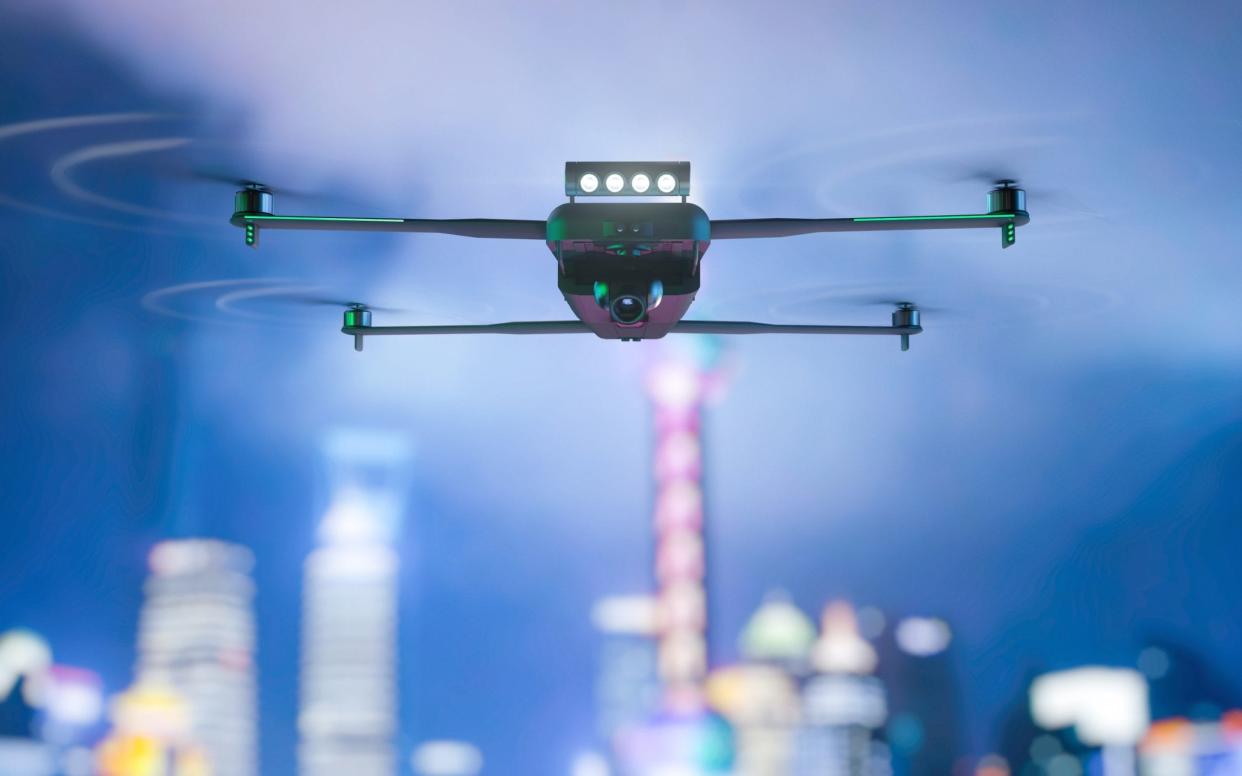Drone number plates to help tackle 'Wild West' in the sky

Drones will be forced to have electronic number plates so they can be tracked by police and the security services under plans being drawn up by regulators and the Government.
Drones would be equipped with "remote ID" technology, enabling their speed, location, height, user's location and take-off point to be tracked.
It comes as concern grows in Government that the registration scheme for the UK's 300,000 drone users lacks the technological back-up for it to be properly enforced. One source compared the situation to "the Wild West".
With 900,000 commercial drones alone predicted in the next five years, ministers want an aerial equivalent of the automatic number-plate recognition network of cameras for cars, vans and lorries which enables police and local authorities to identify law-breaking drivers.
The United States has already legislated for such a system which will go live in September this year under which every drone will have to have a “unique identifier” that it broadcasts along with the coordinates of its aerial position in real time, control station and take-off point.
The Civil Aviation Authority has commissioned Swiss firm Murzilli Consulting to "develop a strategy for any future remote ID requirement for UK drone and remotely piloted services".
It is understood officials are working towards a deadline of April 1 2026 to get a remote ID system running in the UK. The plans are due to be announced in March this year.
The move comes as the Government prepares to spend £8 million deploying anti-drone detectors around nuclear plants, transport hubs, oil rigs and other sensitive infrastructure across the UK to protect from aerial terrorist attacks.

 Yahoo News
Yahoo News 
